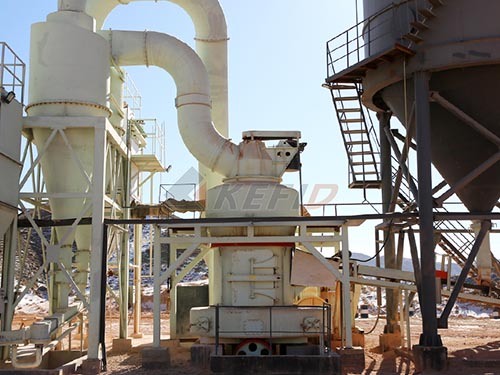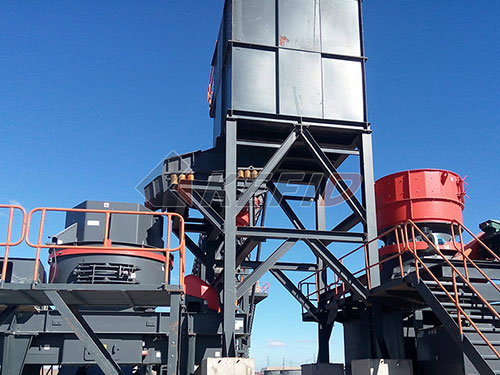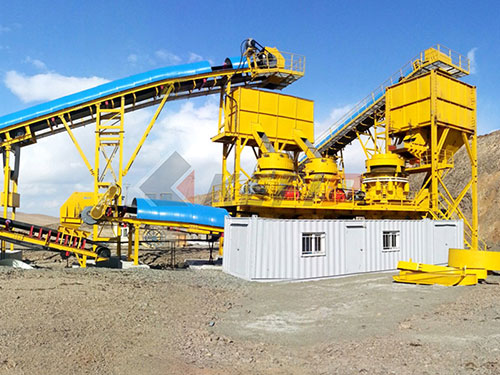The Bedrock of Progress: A History of Limestone Crushing in Texas

Texas, a land synonymous with oil derricks, cattle ranches, and vast horizons, possesses another fundamental resource deeply woven into its development narrative: limestone. Beneath its varied landscapes lies an immense geological endowment – vast deposits of sedimentary rock formed over millions of years in ancient shallow seas. The history of crushing this ubiquitous stone is not merely a tale of quarrying; it is intrinsically linked to the state’s infrastructure boom, agricultural expansion, industrial growth, and the very shaping of its modern cities and towns. The evolution of the limestone crushing industry in Texas mirrors the state’s own journey from frontier territory to economic powerhouse.
Foundations Laid: The 19th Century and Early Extraction (Pre-1900)

Long before formal crushing machinery arrived, limestone played a vital role for early settlers and indigenous peoples. Native American tribes utilized surface limestone for tools, cooking stones (hearths), and rudimentary construction. Spanish missions and early Anglo settlements relied heavily on locally quarried limestone blocks for fortifications, churches (like the iconic San Antonio missions), homes, and boundary walls. This early work was labor-intensive, involving hand tools like picks, hammers, wedges, and chisels to break larger pieces into manageable sizes or shape them directly.
The true genesis of a dedicated crushing industry began with the twin engines of 19th-century Texan progress: railroads and urban development.
Railroads Demand Ballast: As rail lines spiderwebbed across Texas in the latter half of the 1800s connecting towns and opening markets, they consumed enormous quantities of crushed stone for track ballast. This layer provides drainage, stability, and support for the ties and rails. Limestone, abundant near many burgeoning rail routes (especially in Central Texas), was an obvious choice. Early crushing was primitive – large blocks were often broken by hand sledges or dropped weights (“drop balls”) onto rock piles on hard surfaces. The first mechanical crushers were likely small jaw crushers or rudimentary gyratory units imported or built locally in blacksmith shops.
Building Boom: Concurrently, growing towns like Austin, San Antonio, Dallas-Fort Worth (emerging after the railroad arrived), Houston (bolstered by the port), and Galveston needed building materials. Crushed limestone became essential for foundations road base (often just compacted crushed rock before asphalt paving became common), mortar production (requiring finely crushed or ground lime),

Leave a Reply